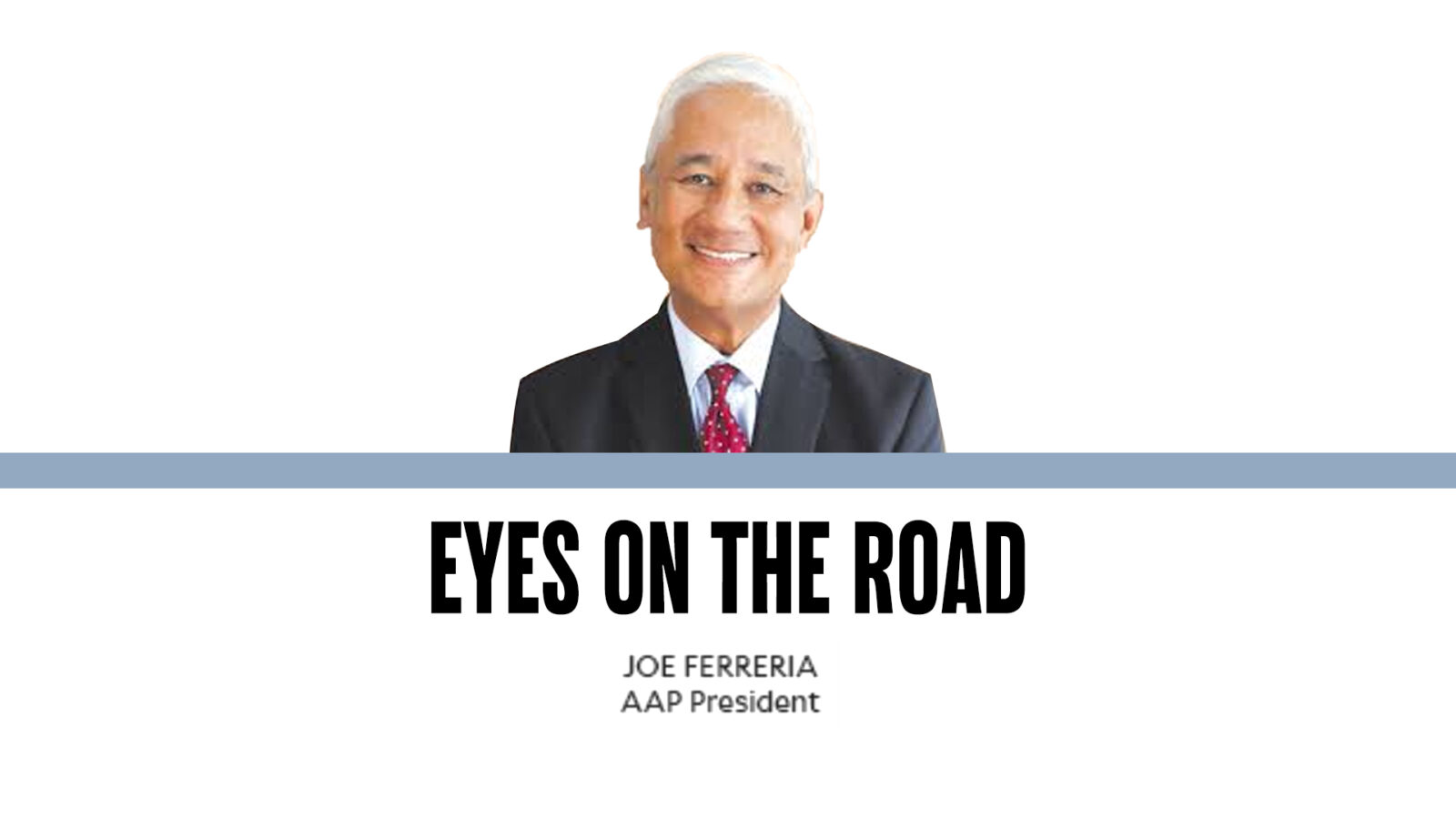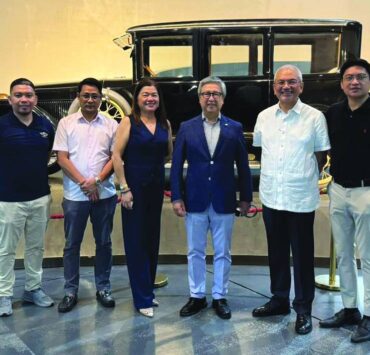HELMETS CAN KILL

Helmets are designed to protect against severe head injuries, but under certain conditions, they can lead to fatalities instead of preventing them. The primary issue lies in low-quality helmets, which fail to meet safety standards. Substandard helmets, improper fit, and design flaws significantly increase risks during accidents.
The Quality Problem: Materials and Design
High-quality helmets use advanced materials like expanded polystyrene foam and durable outer shells to absorb and dissipate impact forces. In contrast, low-quality helmets often use cheaper, inferior materials that crack or fail during collisions, exposing the wearer to severe injuries. Counterfeit helmets, designed to mimic certified products, are particularly dangerous as they lack proper safety features like cushioning and coverage.
Fit and Functionality Issues
The effectiveness of a helmet also depends on its fit and design. Poorly fitting helmets either shift during accidents, leaving areas of the head exposed, or cause discomfort, prompting users to remove them prematurely. Poor designs may also lead to secondary injuries. For example, overly heavy helmets strain the neck, while protruding parts can get caught during a crash.
Overconfidence and Risk Compensation
Helmets, especially low-quality ones, can foster a false sense of security, leading to riskier behaviors such as speeding or ignoring road safety. This phenomenon, known as risk compensation, becomes even more dangerous when substandard helmets fail to provide adequate protection during accidents.
The Way Forward
The dangers of low-quality helmets highlight the need for certified, well-made helmets from reputable manufacturers. Governments and regulatory authorities must enforce strict standards, eliminate counterfeit products, and educate the public about the importance of proper fit and maintenance.
Philippine Helmet Standards
The Philippines requires helmets to comply with PNS UNECE 22:2007, which aligns with European ECE 22:2007 standards. These regulations mandate tests for impact absorption, chin strap strength, and retention. Helmets must also bear an ICC or PS sticker certifying compliance.
However, enforcement remains a challenge. Counterfeit helmets with fake ICC stickers are widespread, and random helmet checks are inadequate.
Global Comparisons
European standards like ECE 22.06 are more advanced, including tests for rotational forces and multi-impact scenarios. They also require testing of accessories like visors. In contrast, the U.S. DOT FMVSS 218 standard is less stringent, while the voluntary Snell M2020R standard offers stricter testing for advanced protection.
Are Philippine Standards Enough?
While PNS UNECE 22:2007 is robust, it lags behind ECE 22.06 and Snell standards in addressing modern safety concerns. Enforcement gaps further undermine helmet safety in the Philippines.
Recent tests revealed that helmets with the Philippine Standard (PS) mark failed international safety standards, with cracked shells indicating fatal outcomes in simulated crashes. Filipinos tend to look at the price difference between a globally compliant headgear versus a cheap one that will easily crack in an accident.
Don’t play Russian roulette with your life. Helmets can kill, be careful with what you choose.
Sources/References: DTI PNS UNECE 22:2007, DTI Memo Circular No. 02, Series of 2007,
UNECE ECE Regulation No. 22.06, U.S. Dept of Transportation FMVSS, International Testing Facility Report (2024) Analysis of PH Helmets), AAP Advocacy Report on Helmet Safety, AAP Position Paper on Motorcycle Safety.


















